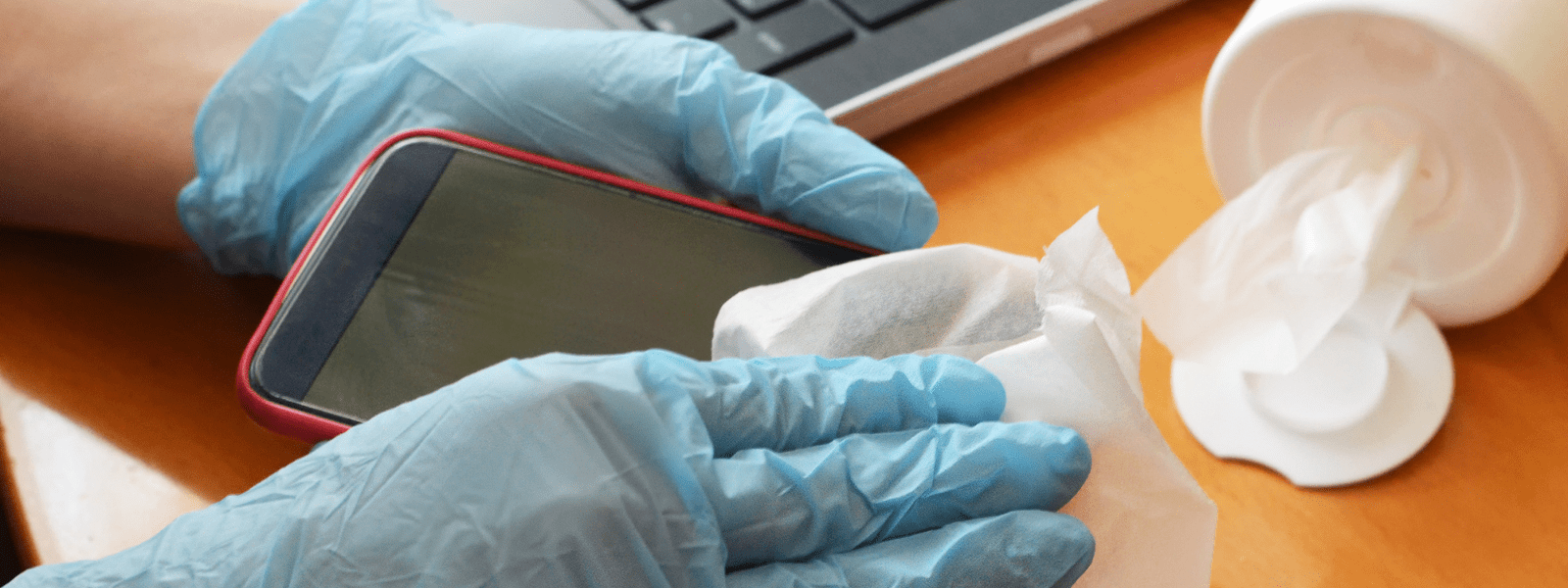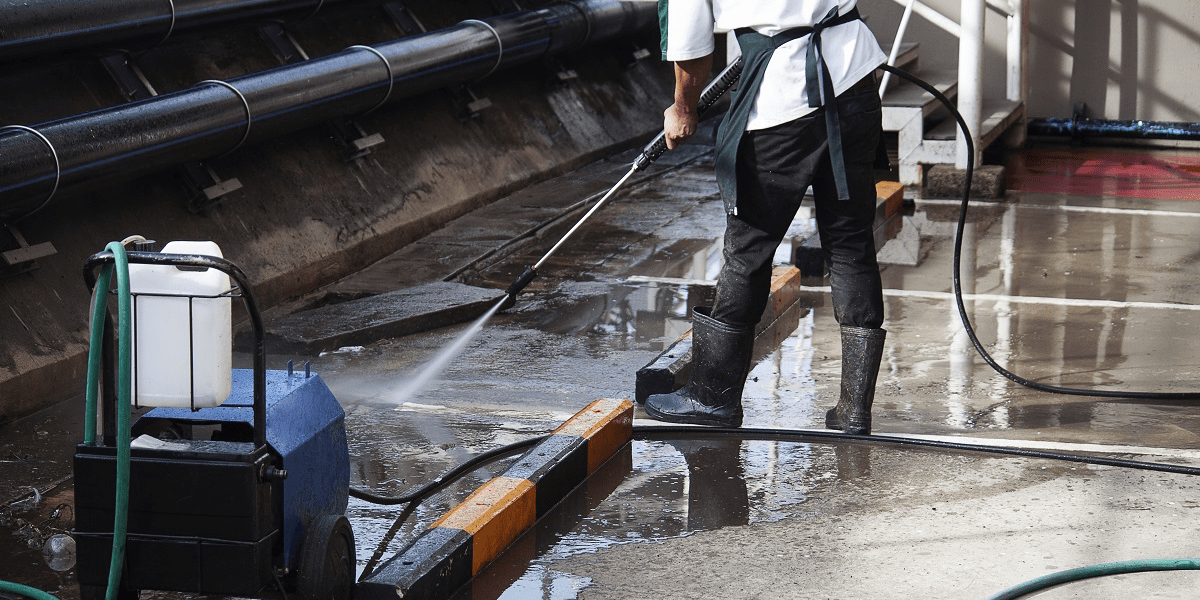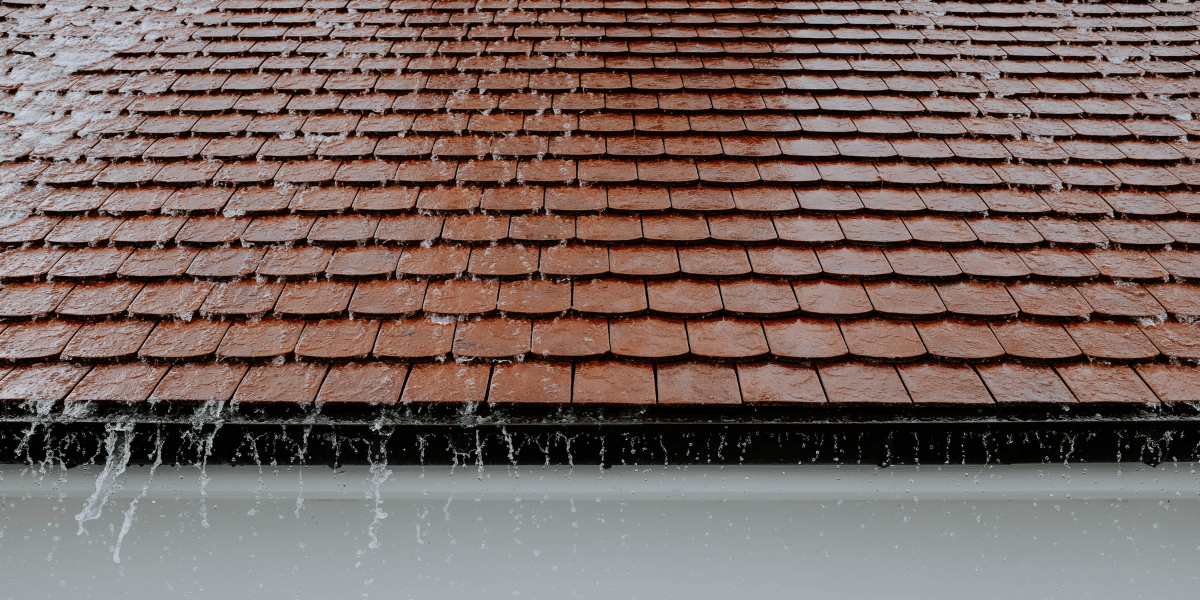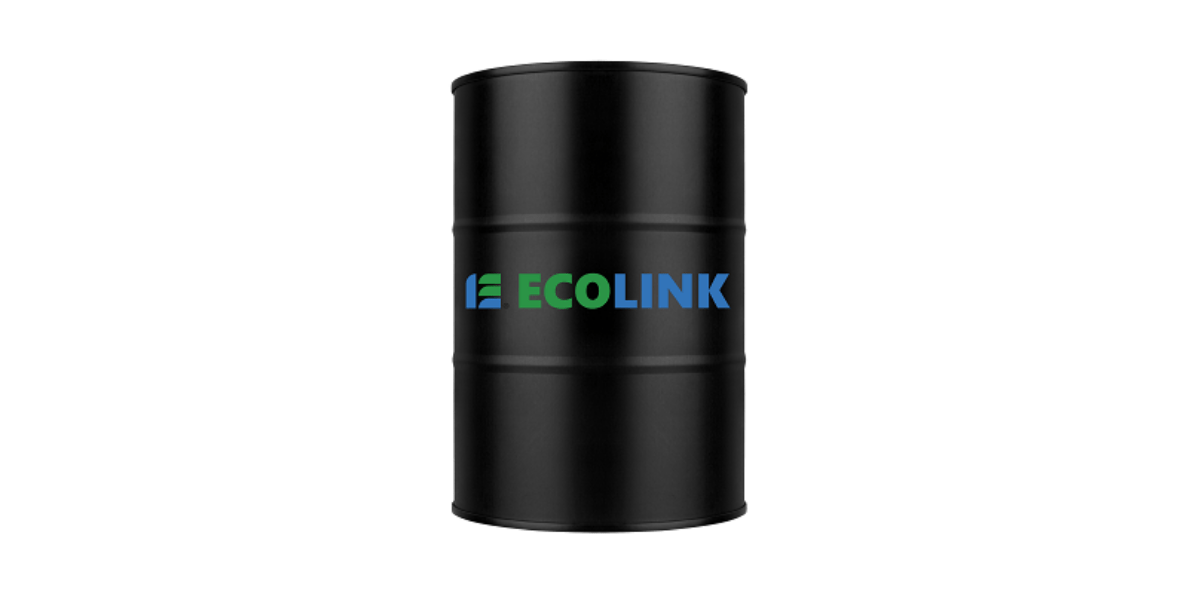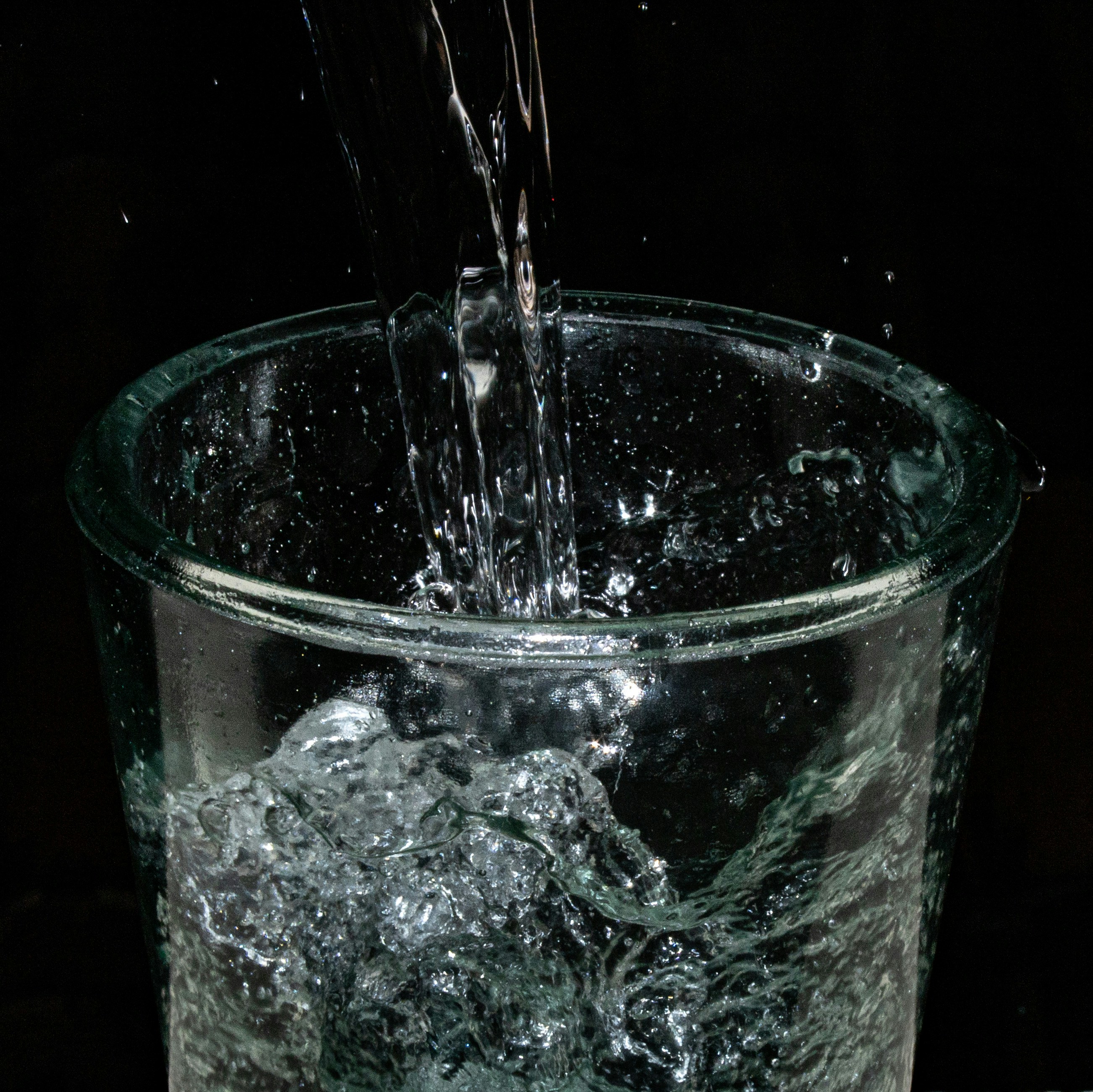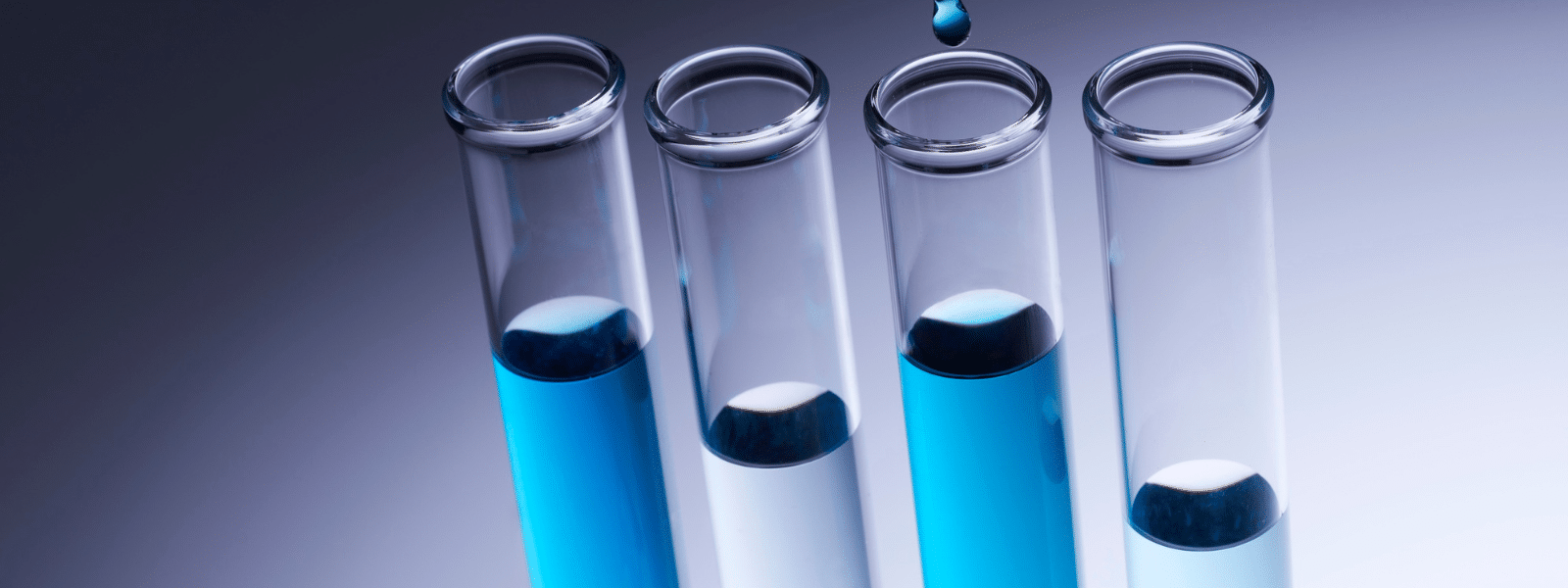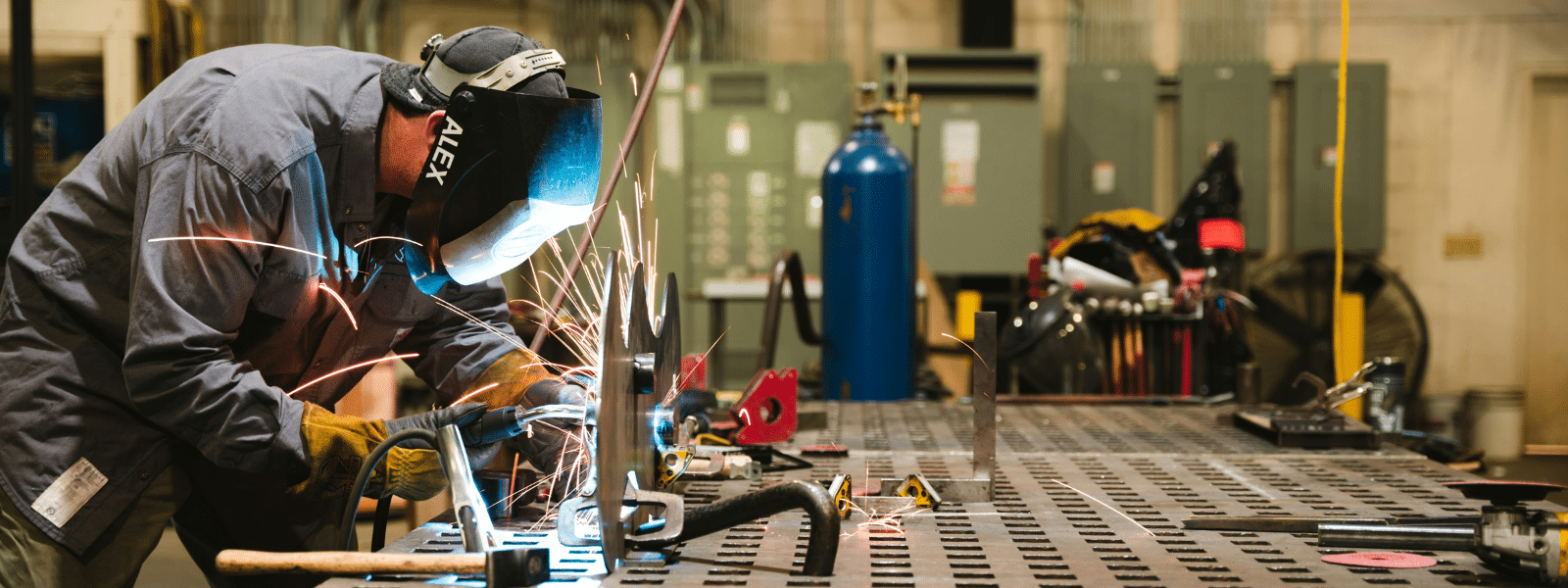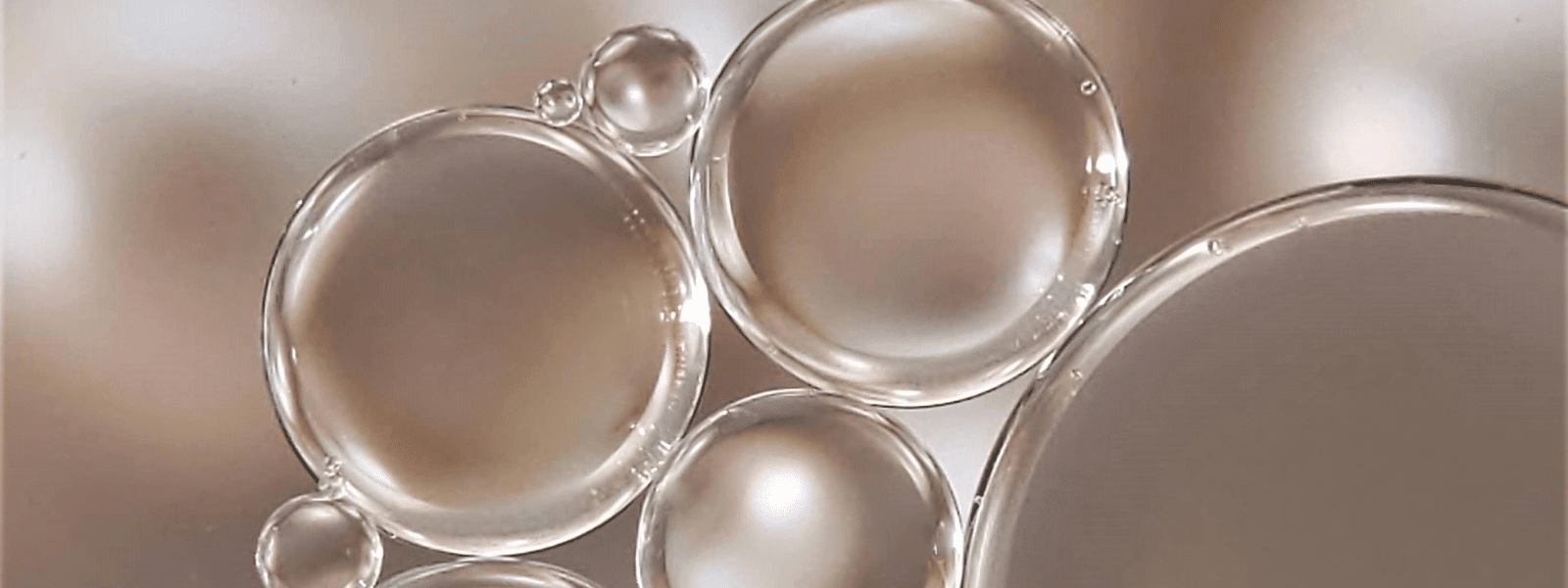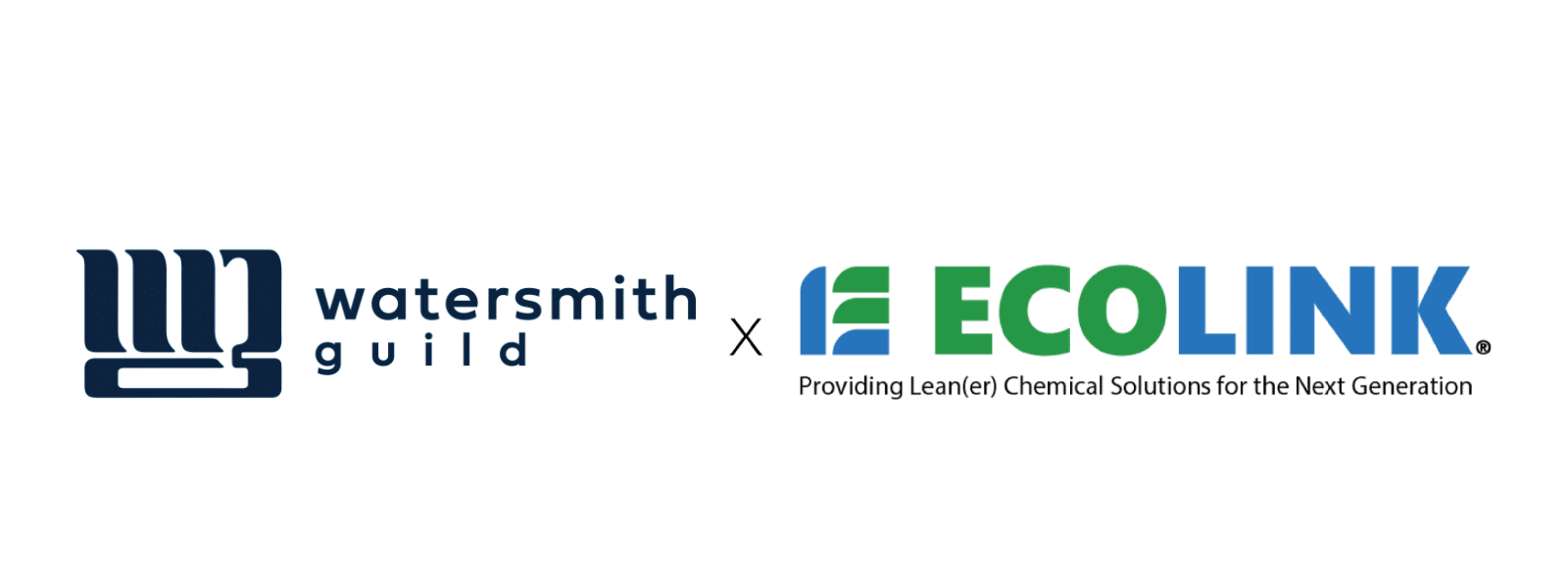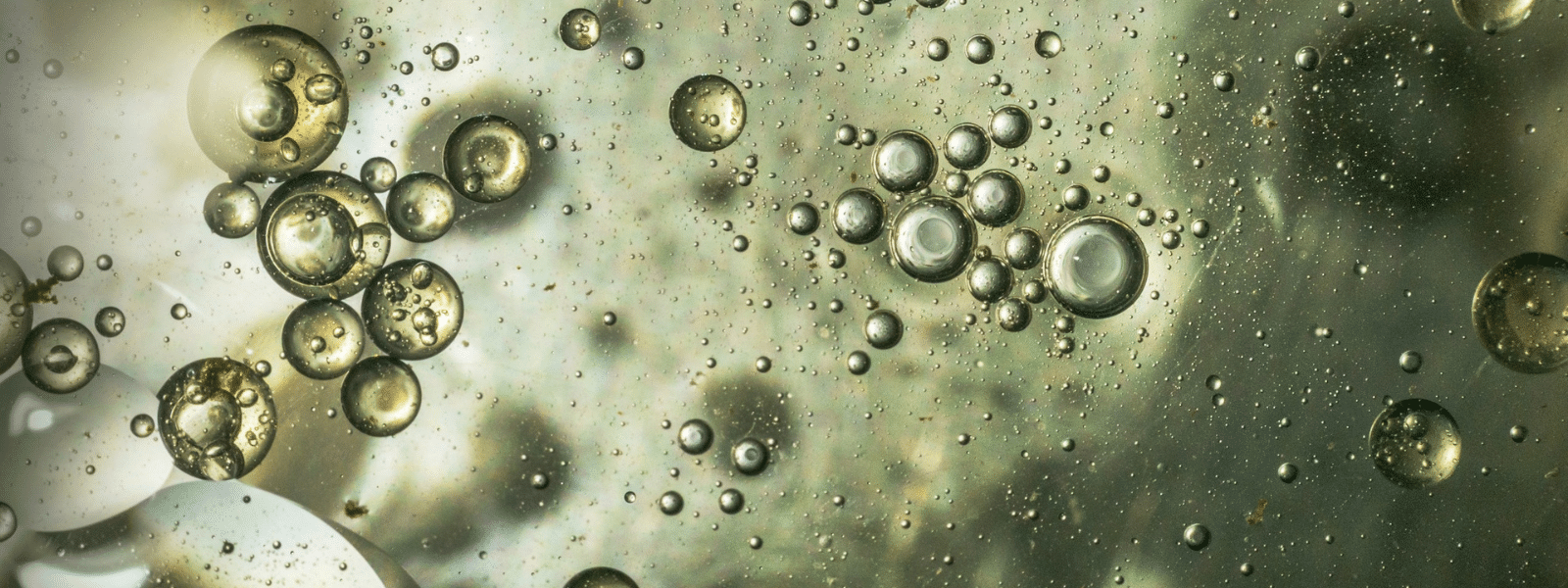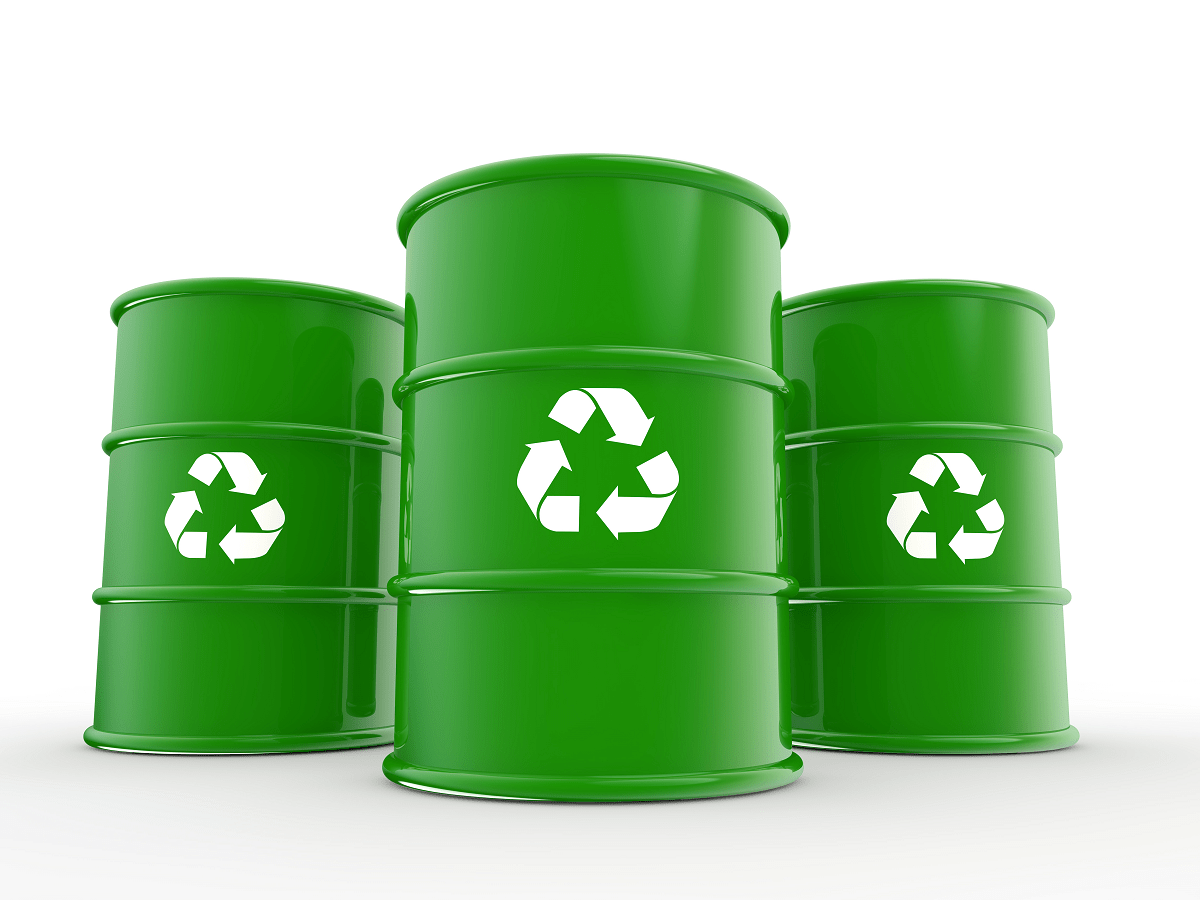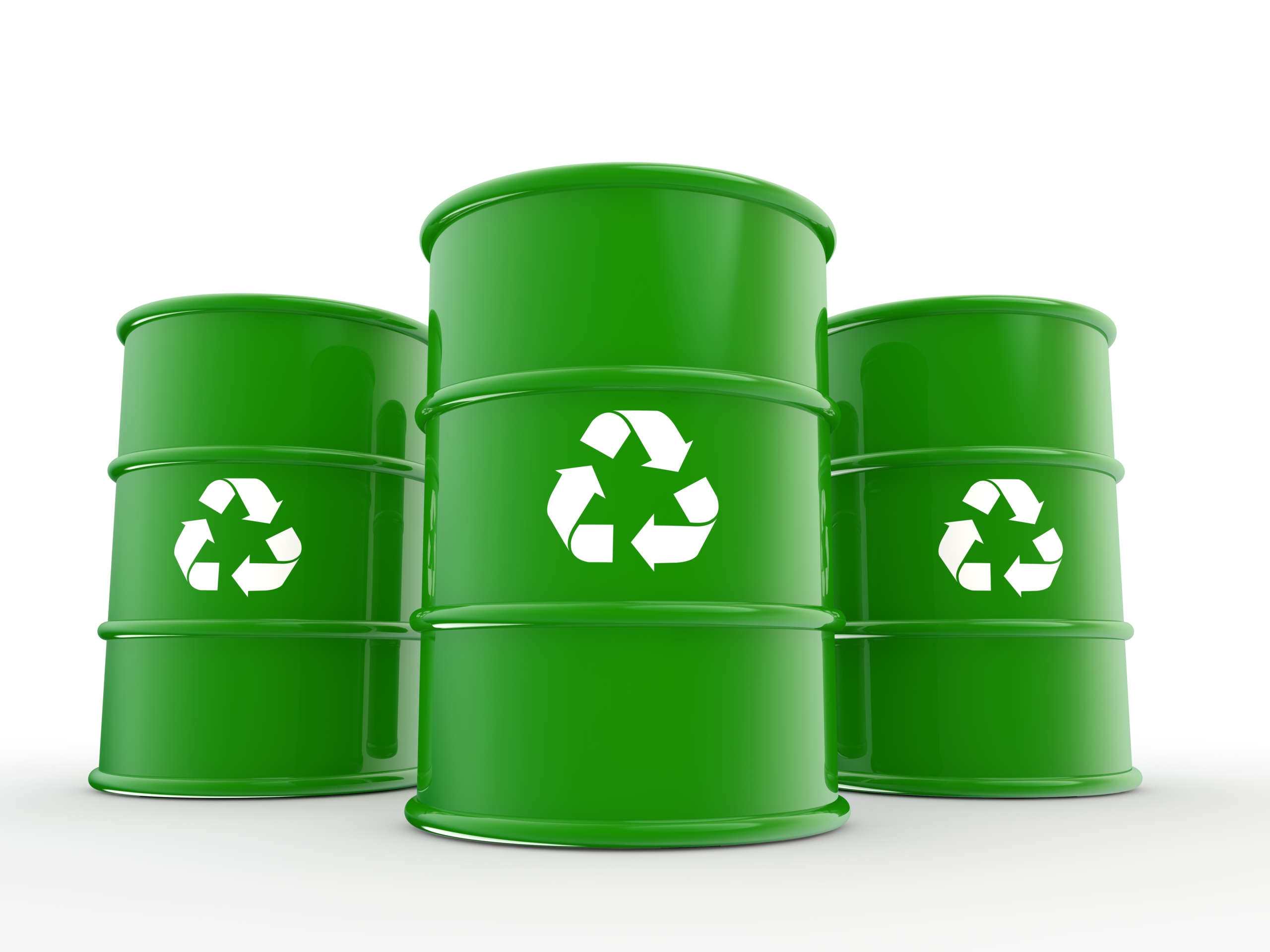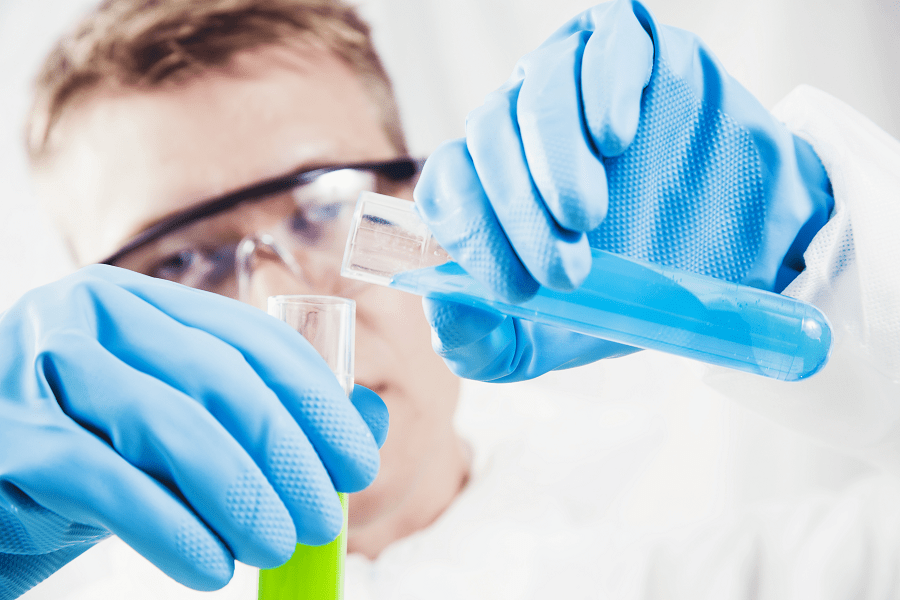Methyl ethyl ketone, or MEK, has long been utilized by multiple industries as a cleaning agent, in the manufacturing of various materials, and in...
Blog


CHEMICAL INDUSTRY NEWS
Chemical Chat – Discover What’s New!
Is Soft Washing Safe?
Is soft washing safe? Soft washing can be considered a safe alternative to power washing and pressure washing because you are using the power and...
Benefits Of Soft Washing Your Roof
What are the benefits of soft washing your roof? Soft washing your roof can be a simpler and less stressful method of achieving time-saving and...
How Does Soft Washing Work?
How does soft washing work? Unlike power washing or pressure washing, soft washing involves the use of a chemical...
Is Soft Washing Safe?
Is soft washing safe? Soft washing can be considered a safe alternative to power washing and pressure washing because...
Company News

Managed Services
Discover the Latest in Safe and Sustainable Chemical Solutions
Stay informed with Ecolink’s blog! Subscribe now
Chemical Management Information
Stay updated with us
Sign Up for the Latest Updates
Stay informed about chemical supply chain disruptions and emerging innovations to keep your business at the forefront of efficiency and innovation. Uncover new ways to make your business practices more sustainable by incorporating safer products into your cleaning lineup.



